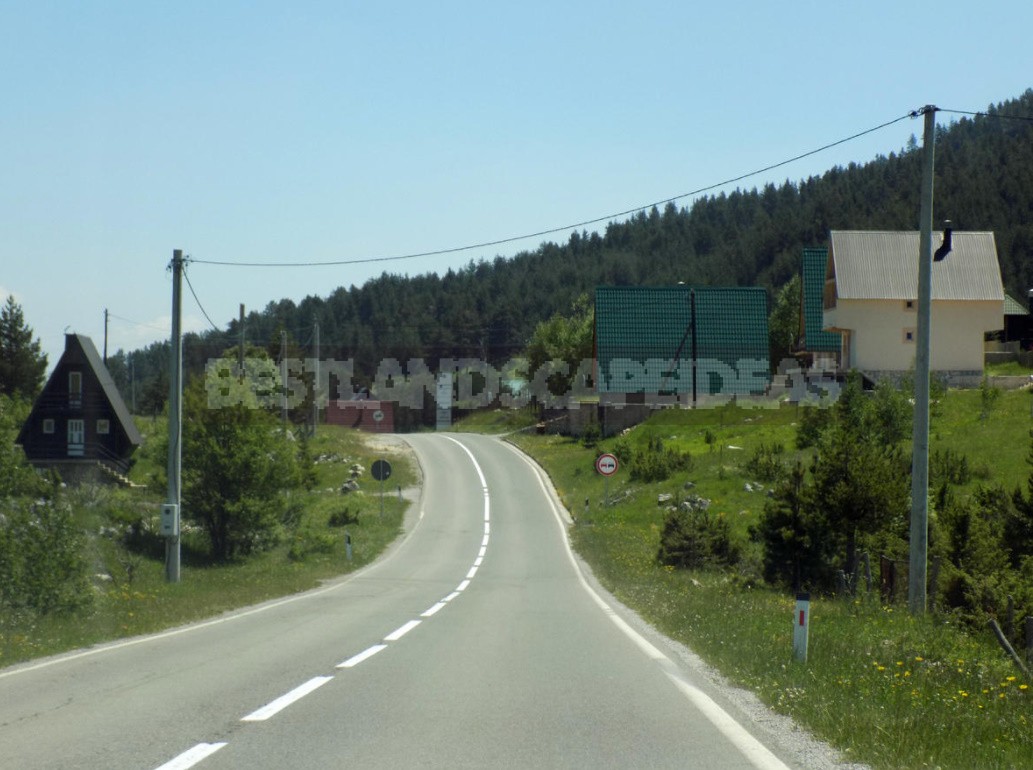
Any summer resident is sure that in the store all vegetables and fruits are “plastic”, in the market – with nitrates. But their radishes, strawberries, tomatoes, cucumbers, potatoes, dill and further on the list, grown with care, love, soul and similar agrotechnical techniques, are one continuous vitamin benefit.
Unfortunately, this is not always the case. Nitrates in vegetables from the vegetable garden, generously fertilized with manure, can “go off scale– – unlike the products offered on the market, and juicy tomatoes and rosy apples grown for granddaughters on the site between the highway and the factory are comparable to military poison weapons. I propose to deal with one of the parameters harmful to the garden – heavy metals.
Heavy metals
If you are not a fan of rock, heavy metals may interest you as trace elements necessary for plants and, consequently, people for normal functioning. The need for them is tenths of a percent, sometimes hundredths and even thousandths. They are not “building material” and “fuel”, but as components of enzymes, vitamins, proteins regulate all physiological processes.
Thus, iron deficiency leads to impaired photosynthesis in plants and anemia in humans. The lack of manganese affects the synthesis of chlorophyll in leaf cells and the work of the brain and nervous system of people. Zinc participates in the cellular metabolism of plants and is responsible for the condition of the skin, hair, the development and functioning of the sense of smell, hearing, vision, and most importantly – human immunity.
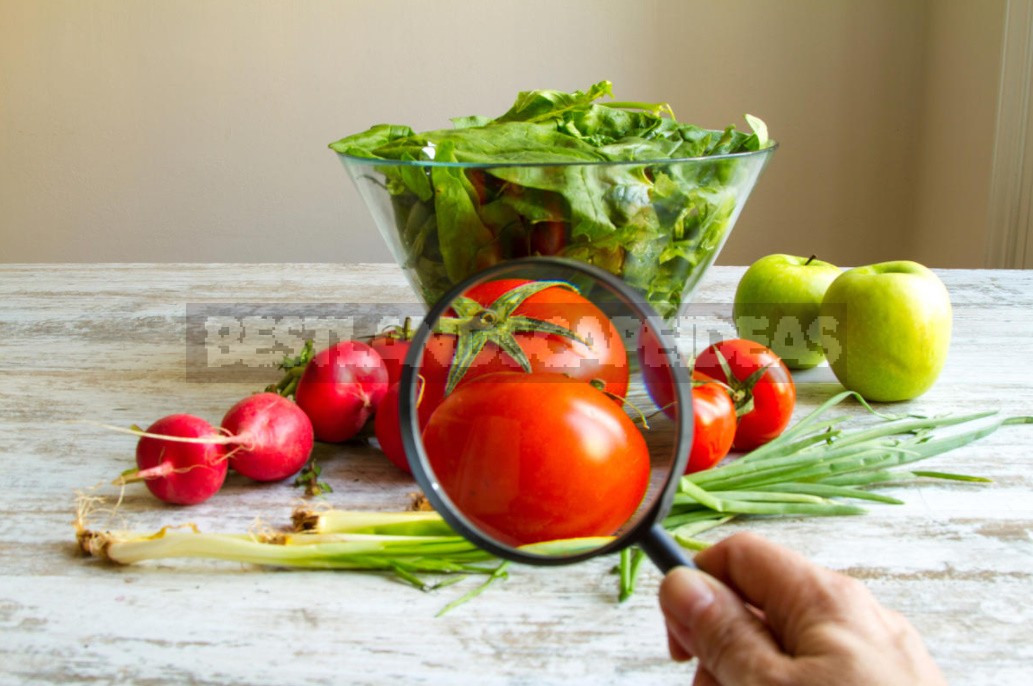
We will not list the whole list, because in this case we are not interested in a lack, but, on the contrary, an excess of these elements: it is no secret that human activity leads to environmental pollution. Among others, pollution with heavy metals stands out, because they and their compounds are very common and are highly toxic. And most importantly, they have the ability to accumulate in the soil, then get into plants, and then into other living organisms, leading to chronic intoxication.
Therefore, if there are more heavy metals in the soil of your site than is permissible, necessary and safe, tomatoes and cucumbers can become a source of slow-acting poison. Excess cadmium and zinc reduce the absorption of calcium by the body, which leads to bad teeth and brittle bones, a lot of cadmium and nickel are skin diseases and oncology. Lead poisoning leads to mental retardation in offspring, and mercury provokes mental disorders.
Where do heavy metals come from in our garden?
There are only about 40 elements in the periodic table that somehow relate to heavy metals. Actually, the term “heavy metals” is rather conventional. Because chemists have not agreed on a single method of classification – by atomic weight, mass, density or some other parameter. Therefore, this concept is most often used in an environmental or medical context.
There are about a quarter of particularly toxic substances that require control of the maximum permissible concentration in this list: cadmium, copper, arsenic, nickel, mercury, lead, zinc and chromium.
Almost any human activity leads to pollution of the environment with heavy metals: industry and motor transport, thermal power plants and boiler houses, incinerators and agriculture.
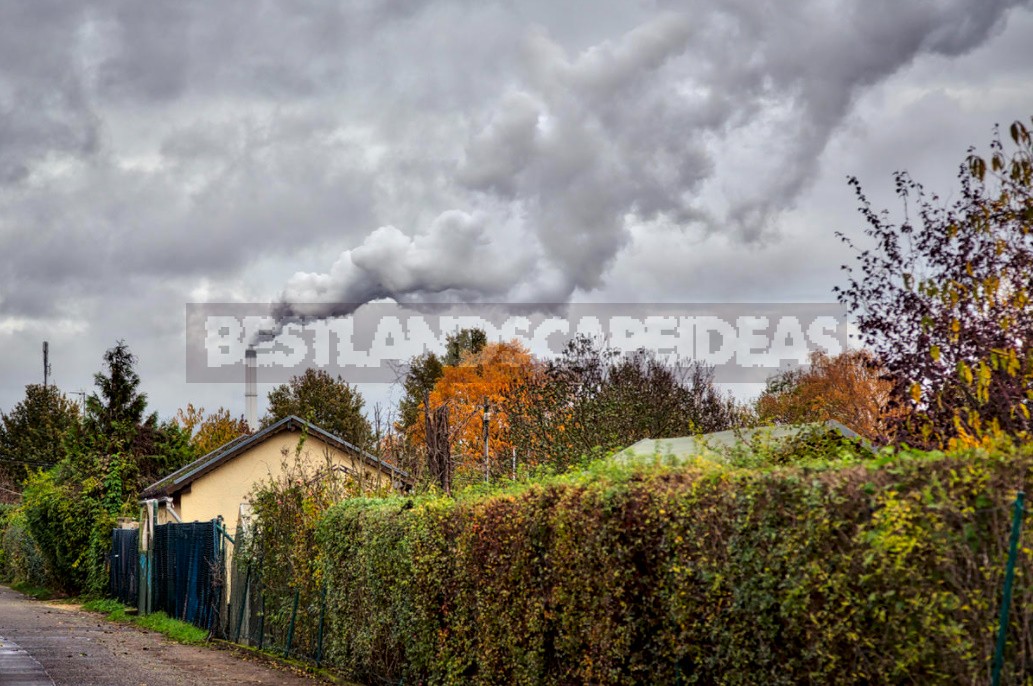
Heavy metals can get into the soil of your site, and then, along the chain, into the body – yours and your loved ones – in different ways. Here are the main sources of pollution.
Cars: exhaust gases contain lead, zinc and copper, lead, zinc, cadmium, copper in dust from worn tires.
Industrial emissions: arsenic, mercury, lead, zinc and copper.
Organic fertilizers: made from sewage sludge and manure, they contain lead (up to 80% of the total amount), cadmium, zinc, copper.
Mineral fertilizers: cadmium in large quantities may be in impurities contained in superphosphates. And besides it – lead, chromium, cobalt, nickel, vanadium, zinc, copper. Lead, zinc and copper are present in potash and nitrogen fertilizers in a form easily digested by plants (unlike heavy metals in phosphorus fertilizers). Cadmium, lead, manganese and nickel are also present in lime fertilizers made from ash from the burning of shale and coal.
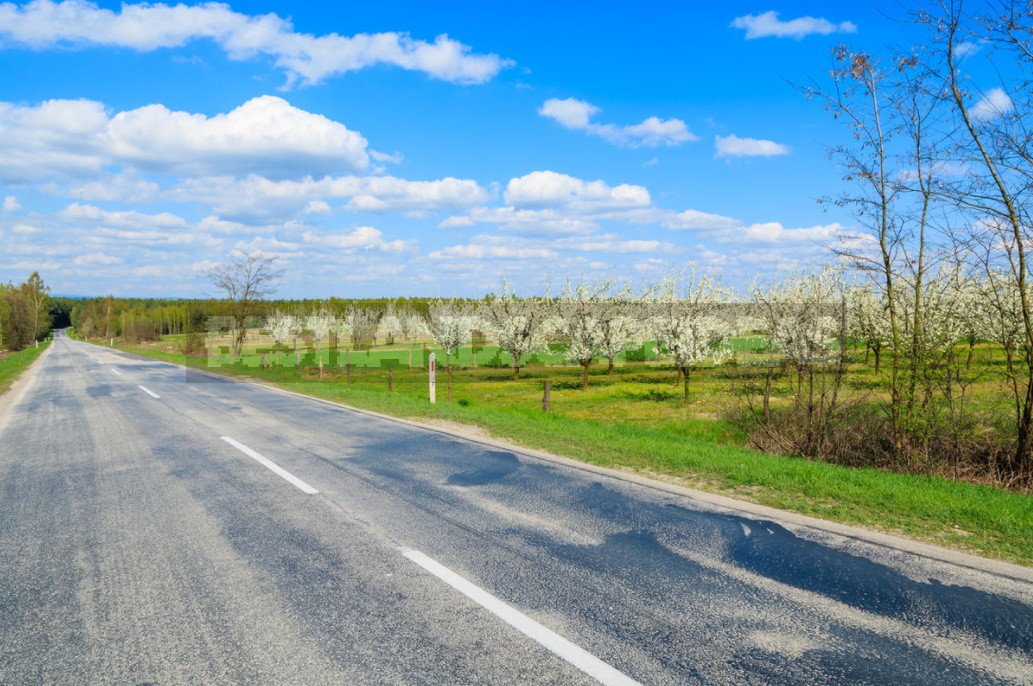
It is clear that the most vulnerable in terms of pollution are garden plots located in the immediate vicinity of large ferrous metallurgy industries, cement production and products from it subjected to high-temperature firing, paint and varnish enterprises, plants producing mineral fertilizers, thermal power plants running on mineral fuel.
The area of negative action of any such enterprise, depending on the wind rose, can reach 1000 km2. Increases the concentration of heavy metals in soils and uncontrolled application of fertilizers – both mineral and organic.
The proximity of motorways and railways also does not please the owners of suburban areas: according to the results of measurements, the excess of the MPC for lead was detected at a distance of up to a kilometer from a major highway. And the ability of heavy metals to form water-soluble compounds greatly increases the “affected area” – harmful elements are moved by ground and groundwater and fall out by “acid rain”.
Therefore, you should not start a vegetable garden in the city, and if you still decide – take a closer look at the trend of landscaping roofs. This is not only fashionable, but also more environmentally friendly: harmful elements are therefore called “heavy” – exhaust gases accumulate at the bottom, and city roofs are relatively clean.
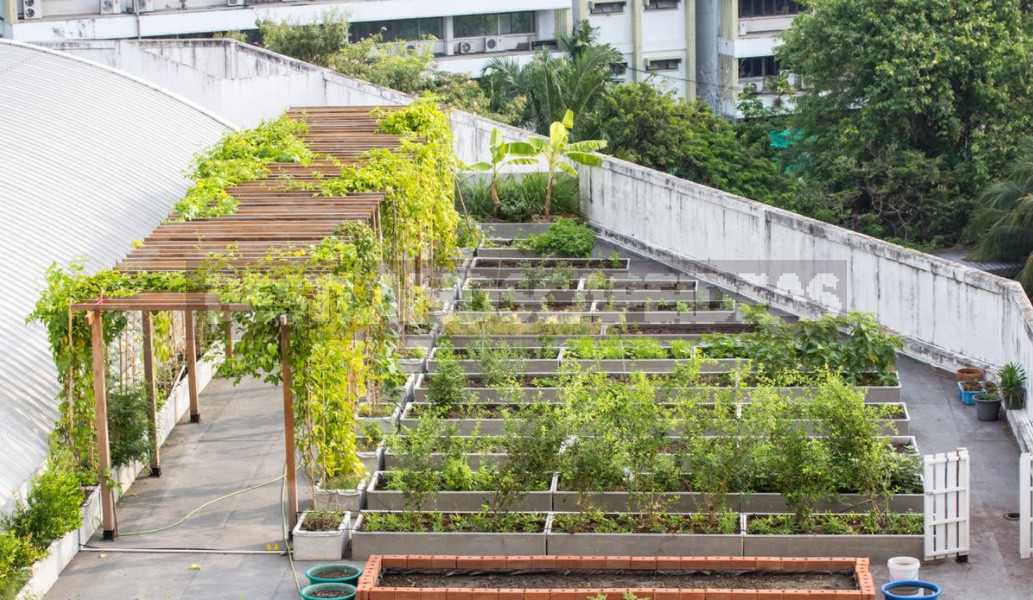
Heavy metals accumulate more strongly in acidic, infertile, sandy soils. Do not hope that the cottage in the area of the old, closed industrial zone is safe. Heavy metals accumulate much faster than they are removed: removal of half of the initial concentration for cadmium takes from 13 to 110 years, zinc – from 70 to 500, copper – from 300 to 1500, and lead – up to 5900 years.
It remains only to sell?
The excess of heavy metals can be seen with the naked eye. Perhaps you should pay closer attention to the soil if:
- there are no or few earthworms on the site – when the MPC of many heavy metals is exceeded, the number of worms in the soil decreases sharply, when they are exceeded four times, they disappear altogether;
- ants also do not live in polluted conditions;
- there are no lichens on the trees;
- gladioli, legumes and spinach are not working well for you – perhaps there is an excess of copper in the soil, beets, carrots, turnips, peas grow no matter if there is a lot of lead;
- the leaves on the trees begin to turn yellow before the due date;
- the trees have a small annual growth and small foliage.
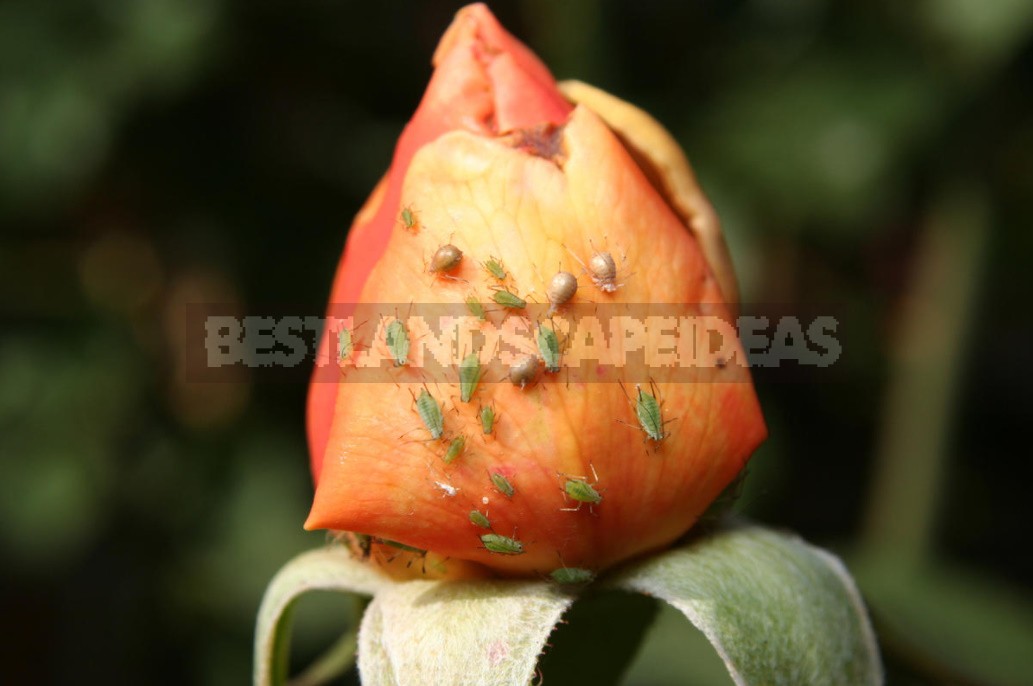
What to do with the toxic site? Sell it? Perhaps this is the right decision.
It is possible to make products from the garden safer by improving the condition of the soil – if it is not heavily contaminated with heavy metal compounds. By the way, it is not difficult to check this by passing the soil for analysis – the service is quite affordable. And at the same time, you will learn the other composition, and you will receive recommendations – whether it is necessary to lime, what fertilizers in what quantities should be applied.
Cleaning up
Plants are able to absorb heavy metals. And this can be used. For example, sow, mow and remove white clover from the plot. However, keep in mind that at first it will grow extremely reluctantly – clover is sensitive to the presence of even small concentrations of cadmium, lead, zinc and copper in the soil.
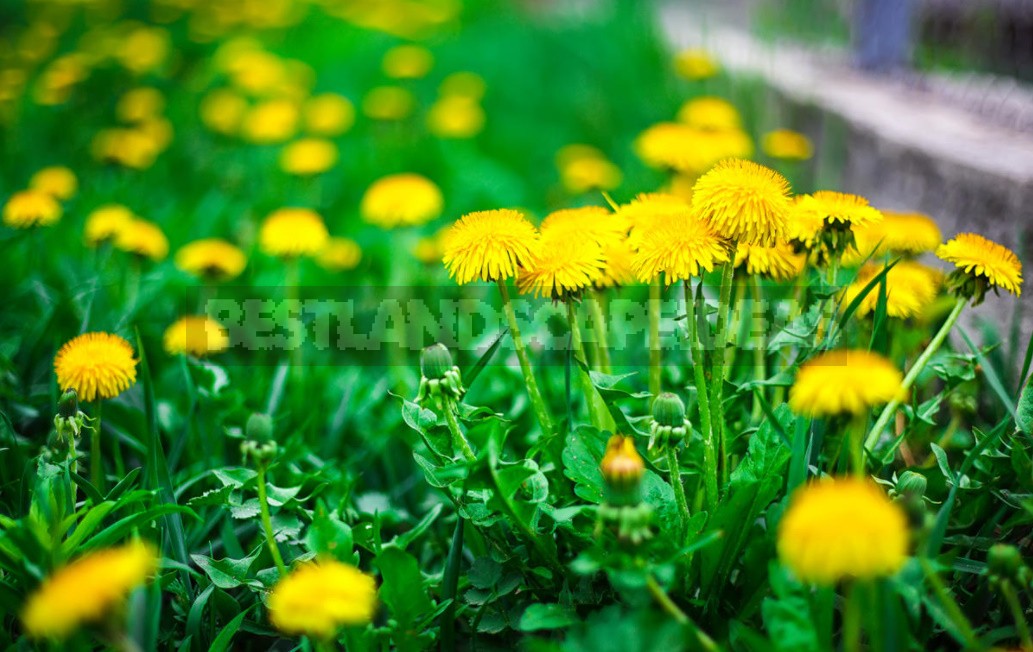
Do not destroy totally weedy vegetation on the site – it can become a buffer between pollution and your beds. Weeds such as wormwood and dandelion accumulate lead, manganese, copper, zinc, and iron. Cadmium accumulates in sorrel leaves.
Donate part of the plot to create a green curtain from the side of the highway: a three-tiered hedge of henomeles, honeysuckle, Syringa vulgaris, Philadelphus, snowberry, Rosa rugosa, Sambucus nigra, Ligustrum, Corylus, Caragana arborescens, Mahonia, Crataegus, Thuja, Juniperus will reduce the concentration of sulfur dioxide by 5 times and nitrogen dioxide by 8 times.
Birch trees, Fraxinus mandshurica, Quercus robur, pine will also help protect the site. Use sorbents (zeolite, vermiculite) as an additive to the soil when planting.

We lower the acidity
As mentioned above, in acidic soils, heavy metal compounds are more mobile and accessible to plants. Therefore, it is necessary to deoxidize the soil regularly, transferring heavy metals into a form inaccessible to plants. In addition, the neutral reaction of the soil is more favorable for plants.
We increase the amount of humus
Soils with a high humus content are not only more favorable for plant growth, but also reduce the impact of heavy metals. Mulch, use compost and vermicompost as fertilizer instead of manure.
Choosing an assortment
If your site is located by the road, pick up an assortment of plants that accumulate the least harmful substances. Do not grow green leafy vegetables, give up growing root vegetables (beets, carrots, parsnips, celery).
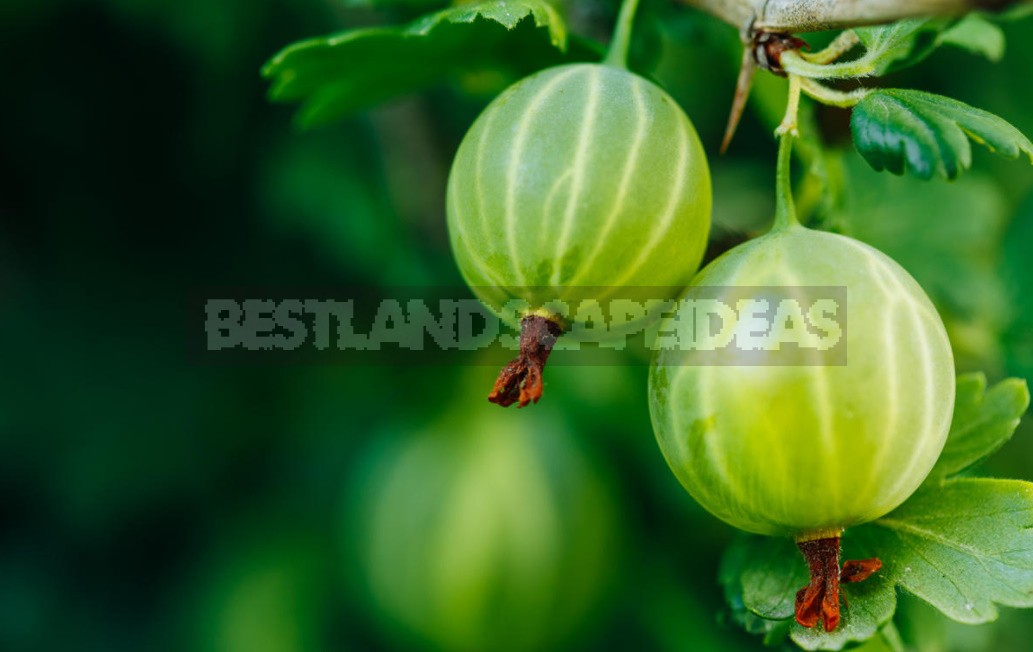
Heavy metals accumulate less in fruits and seeds. Fruit and vegetable crops are tomatoes, peppers, cucumbers, zucchini, pumpkins. Experts also believe that fruits with green coloring are safer in terms of accumulation of harmful substances.
Grow your garden and take care of your health!




Leave a Reply